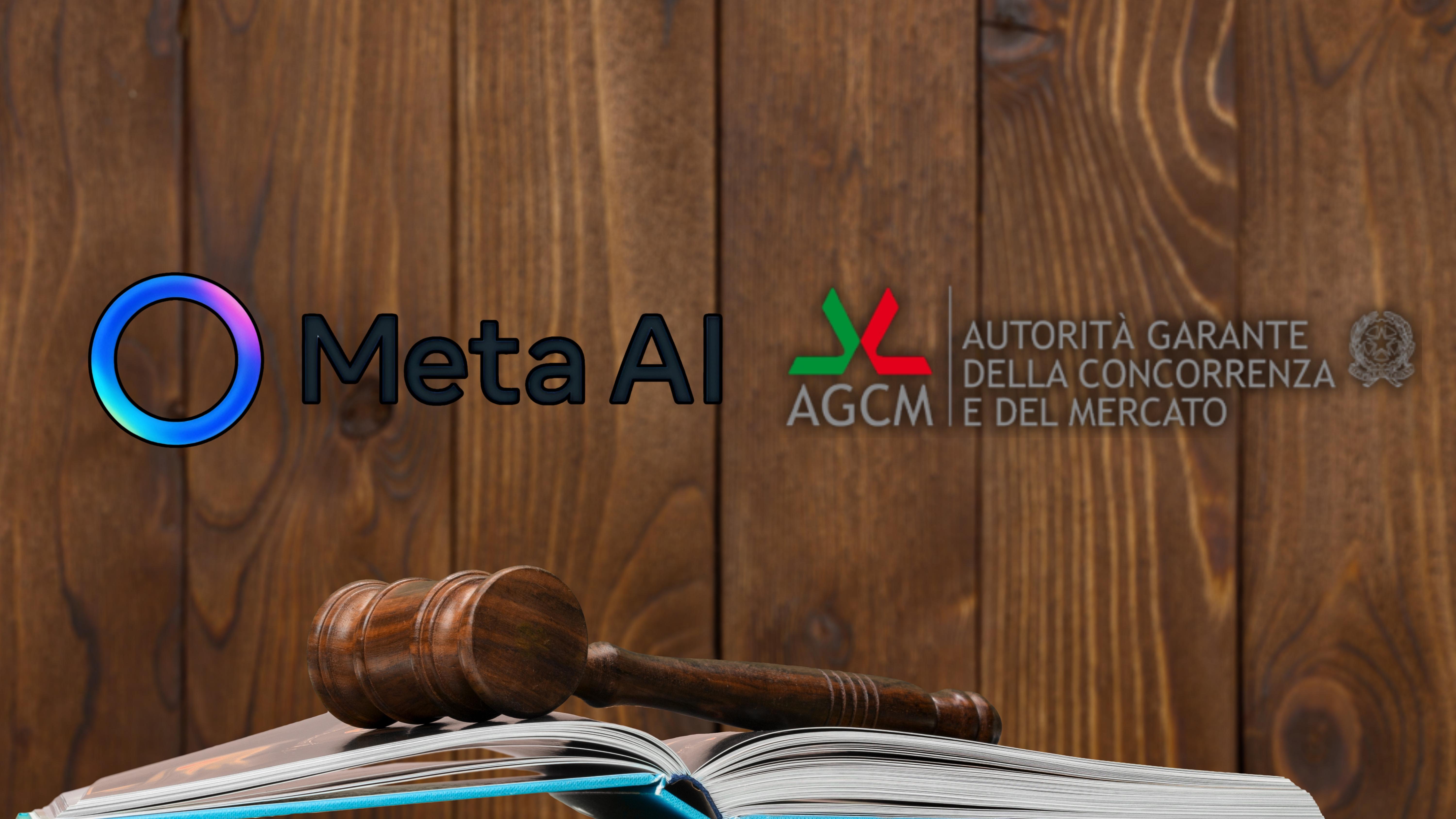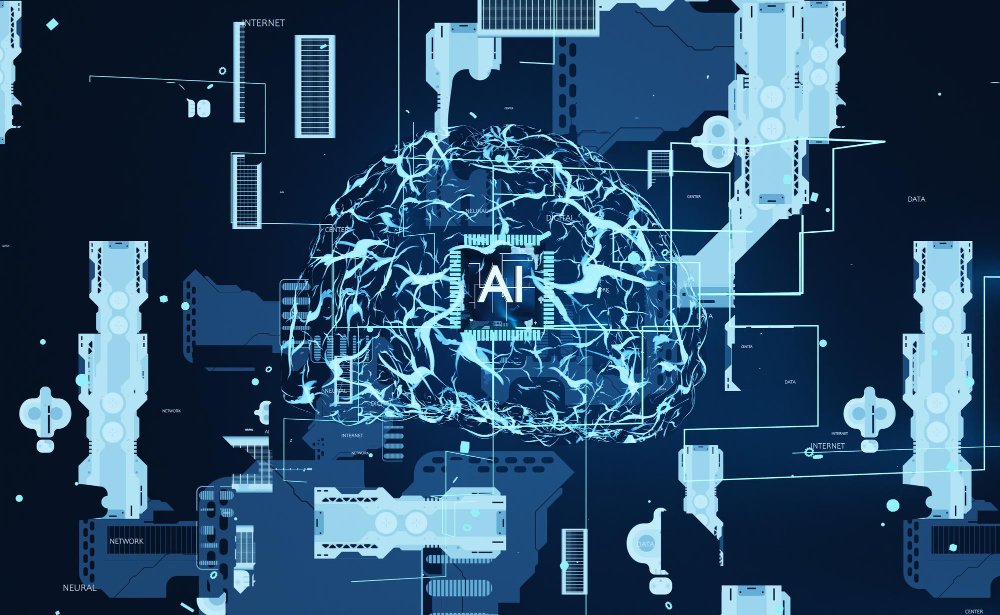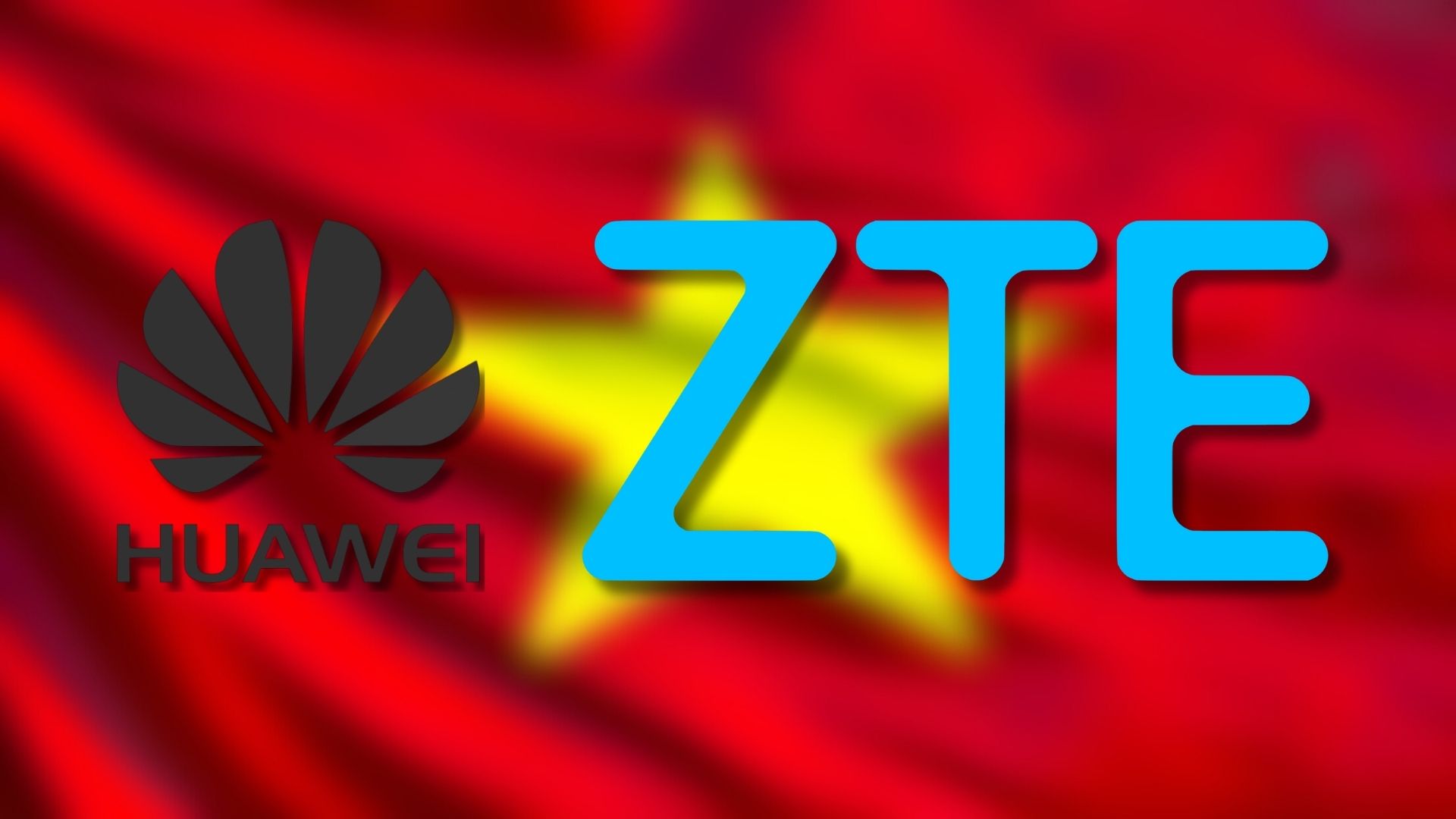
Chinese shoppers are increasingly using AI to create fake product photos to claim refunds, raising moral and legal concerns. The practice was highlighted during the Double 11 festival, with sellers receiving images of allegedly damaged goods.
Some buyers manipulated photos of fruit to appear mouldy or altered images of electric toothbrushes to look rusty. Clothing and ceramic product sellers also detected AI-generated inconsistencies, such as unnatural lighting, distorted edges, or visible signs of manipulation.
In some cases, requests were withdrawn after sellers asked for video evidence.
E-commerce platforms have historically favoured buyers, granting refunds even when claims seem unreasonable. In response, major platforms such as Taobao and Tmall removed the ‘refund only’ option and introduced buyer credit ratings based on purchase and refund histories.
Sellers are also increasingly turning to AI tools to verify images.
China’s AI content rules, effective from 1 September, require AI-generated material to be labelled, but detection remains difficult. Legal experts warn that using AI to claim refunds could constitute fraud, with calls for stricter enforcement to prevent abuse.
Would you like to learn more about AI, tech and digital diplomacy? If so, ask our Diplo chatbot!

Meta has faced criticism after numerous consumers reported being misled by companies using AI-generated adverts on Facebook and Instagram. The firms posed as UK businesses while shipping cheap goods from Asia, prompting claims that scams were ‘running rampant’ on the platforms.
Victims were persuaded by realistic adverts and AI-generated images but received poorly made clothing and jewellery. Several companies, including C’est La Vie, Mabel & Daisy, Harrison & Hayes, and Chester & Clare, were removed after investigations revealed fabricated backstories and fake shopfronts.
Consumer guides recommend vigilance, advising shoppers to check company websites, reviews, and use Trustpilot to verify legitimacy. Experts warn that overly perfect images, including AI-generated shopfronts or models, may signal fraudulent adverts.
Platforms such as Facebook and Instagram are urged to enforce stricter measures to prevent scams.
Meta stated it works with Stop Scams UK and encourages users to report suspicious adverts, while the Advertising Standards Authority continues to crack down on misleading online promotions.
Would you like to learn more about AI, tech and digital diplomacy? If so, ask our Diplo chatbot!

Spar Switzerland has advanced retail crypto adoption by adding Bitcoin and over 100 digital assets to its mobile app. On-chain QR payments now replace third-party processors, following earlier pilots with the Lightning Network and Binance Pay.
Supportive national regulations continue to make Switzerland one of the most active retail environments for crypto payments. Merchants across the country have increasingly embraced digital assets, encouraged by clear legal frameworks and a population already familiar with fintech services.
The update follows previous pilots involving the Lightning Network and Binance Pay that began in 2025. Lessons from those trials helped shape Spar’s shift towards a fully integrated on-chain payment system.
Industry analysts view the expansion as a strong signal of growing consumer demand for flexible payment options. Broader access in major retail chains often accelerates mainstream adoption and encourages users and businesses to engage more confidently with the crypto economy.
Would you like to learn more about AI, tech and digital diplomacy? If so, ask our Diplo chatbot!

Coupang disclosed a major data breach on 30 November 2025 that exposed 33.7 million customer accounts. The leaked data includes names, email addresses, phone numbers, shipping addresses and some order history but excludes payment or login credentials.
The company said it first detected unauthorised access on 18 November. Subsequent investigations revealed that attacks likely began on 24 June through overseas servers and may involve a former employee’s still-active authentication key.
South Korean authorities launched an emergency probe to determine if Coupang violated data-protection laws. The government warned customers to stay alert to phishing and fraud attempts using the leaked information.
Cybersecurity experts say the breach may be one of the worst personal-data leaks in Korean history. Critics claim the incident underlines deep structural weaknesses in corporate cybersecurity practices.
Would you like to learn more about AI, tech and digital diplomacy? If so, ask our Diplo chatbot!

FIDReC recorded 4,355 claims in FY2024/2025, marking its highest volume in twenty years and a sharp rise from the previous year. Scam activity and broader dispute growth across financial institutions contributed to the increase. Greater public awareness of the centre’s role also drove more filings.
Fraud and scam disputes climbed to 1,285 cases, up more than 50% and accounting for nearly half of all claims. FIDReC accepted 2,646 claims for handling, with early resolution procedures reducing formal caseload growth. The phased approach encourages direct negotiation between consumers and providers.
Chief Executive Eunice Chua said rising claim volumes reflect fast-evolving financial risks and increasingly complex products. National indicators show similar pressures, with Singapore ranked second globally for payment card scams. Insurance fraud reports also continued to grow during the year.
Compromised credentials accounted for most scam-related cases, often involving unauthorised withdrawals or card charges. Consumers reported incidents without knowing how their details were obtained. The share of such complaints rose markedly compared with the previous year.
Banks added safeguards on large digital withdrawals as part of wider anti-scam measures. Regulators introduced cooling-off periods, stronger information sharing and closer monitoring of suspicious activity. Authorities say the goal is to limit exposure to scams and reinforce public confidence.
Would you like to learn more about AI, tech, and digital diplomacy? If so, ask our Diplo chatbot!

The UK government has confirmed that cryptocurrency traders will be required to report personal details to trading platforms from 1 January 2026. The move forms part of the Cryptoasset Reporting Framework (CAFR), aligned with an OECD agreement, and aims to improve compliance with existing tax rules.
Under the framework, exchanges must provide HM Revenue & Customs (HMRC) with customer information, including cryptocurrency transactions and tax reference numbers.
Traders who fail to supply required details could face fines of up to £300, while platforms may be fined the same amount per unreported customer. HMRC expects to raise up to £315 million by 2030 from the new reporting rules.
Experts warn exchanges may face challenges collecting accurate information, potentially passing compliance costs onto users. Some investors may initially turn to noncompliant platforms, but international standards are expected to drive global alignment over time.
The 2025 Budget also addressed the taxation of DeFi activities such as lending and staking. HMRC appears to favour taxing gains only when they are realised, although no final decision has been made and consultations with stakeholders will continue.
Would you like to learn more about AI, tech and digital diplomacy? If so, ask our Diplo chatbot!

France’s data regulator fined Les Publications Condé Nast €750,000 for unlawful cookie practices on vanityfair.fr. Investigators found consent-based cookies loading immediately when visitors landed on the site.
CNIL officials also noted unclear information describing several trackers as strictly necessary without explaining their true purposes. Users faced further issues when refusal tools failed to block or halt consent-based cookies.
Repeated non-compliance weighed heavily, as the company had already received a formal order in 2021. Earlier proceedings had been closed after corrective steps, yet later inspections showed renewed breaches.
The French regulator stated that millions of visitors were potentially affected by the unlawful tracking activity. The case highlights continuing enforcement efforts under Article 82 of France’s Data Protection Act.
Would you like to learn more about AI, tech and digital diplomacy? If so, ask our Diplo chatbot!

Italy’s competition authority has launched an investigation into Meta over potential dominance in AI chatbots. Regulators are reviewing the new WhatsApp Business terms and upcoming Meta AI features. They say the changes could restrict rivals’ access to the platform.
Officials in Italy warn that the revised conditions may limit innovation and reduce consumer choice in emerging AI services. The concerns fall under Article 102 TFEU. The authority states that early action may be necessary to prevent distortions.
The case expands an existing Italian investigation into Meta and its regional subsidiaries. Regulators say technical integration of Meta AI could strengthen exclusionary effects. They argue that WhatsApp’s scale gives Meta significant structural advantages.
Low switching rates among users may entrench Meta’s market position further in Italy and beyond. Officials say rival chatbot providers would struggle to compete if access is constrained. They warn that competition could be permanently harmed.
Meta has announced significant new AI investments in the United States. Italian regulators say this reflects the sector’s growing influence. They argue that strong oversight is needed to ensure fair access to key platforms.
Would you like to learn more about AI, tech, and digital diplomacy? If so, ask our Diplo chatbot!

Utah’s governor, Spencer Cox, has again argued that states should retain authority over AI policy, warning that centralised national rules might fail to reflect local needs. He said state governments remain closer to communities and, therefore, better placed to respond quickly to emerging risks.
Cox explained that innovation often moves faster than federal intervention, and excessive national control could stifle responsible development. He also emphasised that different states face varied challenges, suggesting that tailored AI rules may be more effective in balancing safety and opportunity.
Debate across the US has intensified as lawmakers confront rapid advances in AI tools, with several states drafting their own frameworks. Cox suggested a cooperative model, where states lead, and federal agencies play a supporting role without overriding regional safeguards.
Analysts say the governor’s comments highlight a growing split between national uniformity and local autonomy in technology governance. Supporters argue that adaptable state systems foster trust, while critics warn that a patchwork approach could complicate compliance for developers.
Would you like to learn more about AI, tech and digital diplomacy? If so, ask our Diplo chatbot!

Vietnam has moved to expand its use of Chinese 5G technology, awarding Huawei and ZTE a series of new contracts. Under recent deals, the two companies will supply advanced 5G radio equipment to strengthen network coverage, while European vendors remain responsible for core systems.
Vietnam, which borders China, Laos, and Cambodia, previously echoed allies’ warnings that Chinese-made 5G gear posed an unacceptable security risk. Recent tariff frictions with the United States and shifting economic priorities have since pushed officials to reconsider that stance.
According to local reports, Huawei and ZTE have together secured contracts worth about 43 million dollars for non-core 5G equipment. Ericsson and Nokia are expected to continue supplying the 5G core, with Chinese vendors focused on antennas and related infrastructure at the network edge.
In April, a consortium including Huawei won a 23 million dollar deal to provide 5G gear, shortly after new US tariffs on Vietnamese exports came into force. Analysts say those measures have strained ties between Hanoi and Washington while nudging Vietnam to deepen economic and technological links with Beijing.
Vietnamese supply chain specialist Nguyen Hung says Hanoi is prioritising its own strategic interests, seeing closer ties with Chinese vendors as a route to deeper regional integration. US officials warn the deals could damage network trust and limit access to advanced American technology.
Would you like to learn more about AI, tech, and digital diplomacy? If so, ask our Diplo chatbot!










